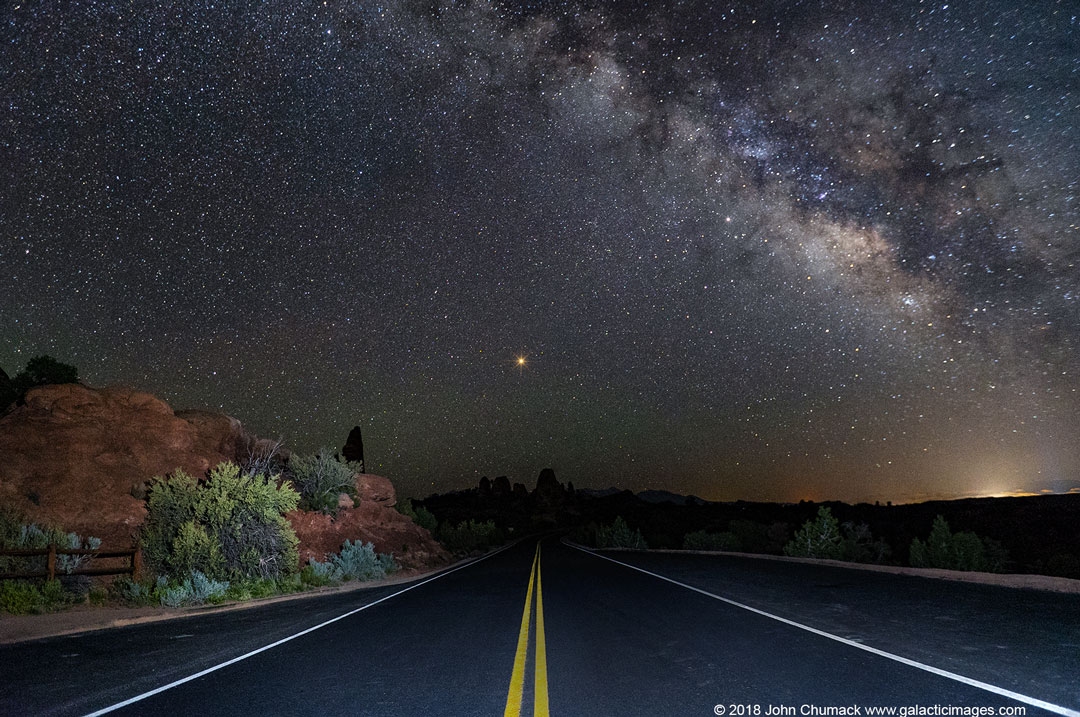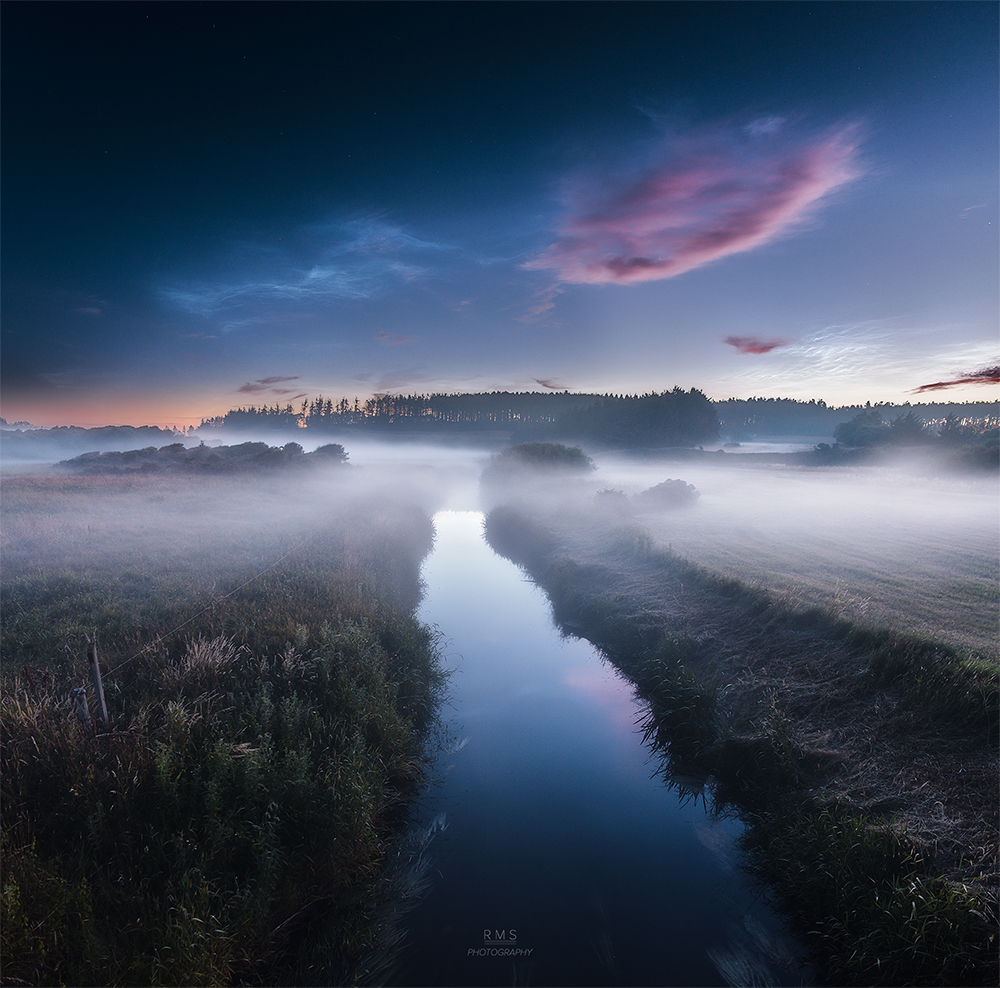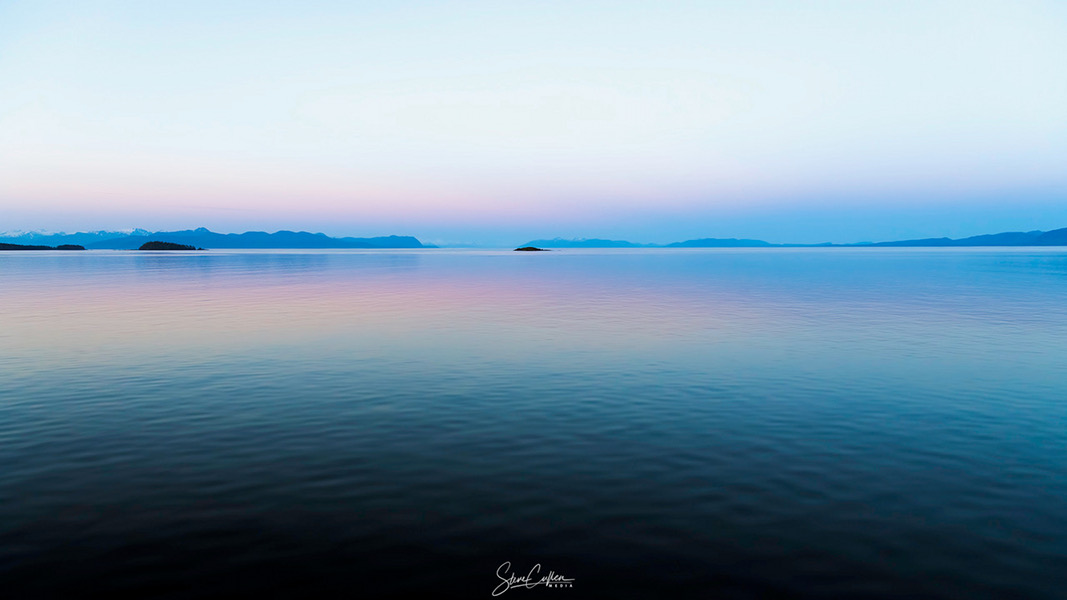
Posted to Twitter by @Astro_Alex, European Space Agency astronaut Alexander Gerst, this image shows our planet’s Moon as seen from the International Space Station. via NASA https://ift.tt/2NzWwSS


A Russian cargo ship loaded with almost three tons of food, fuel and supplies is set to launch to the International Space Station Monday, July 9. Live coverage of the spacecraft’s launch and docking will air on NASA Television and the agency’s website.
from NASA https://ift.tt/2IVkFzP
via IFTTT![]()
Next week astronauts aboard the International Space Station will host several downlinks as part of NASA’s Year of Education on Station.
from NASA https://ift.tt/2KV0u6X
via IFTTT![]()
Media are invited to view NASA’s Parker Solar Probe at 1:30 p.m. EDT Friday, July 13, at the Astrotech Space Operations payload processing facility in Titusville, Florida.
from NASA https://ift.tt/2u7DvhH
via IFTTT![]()
